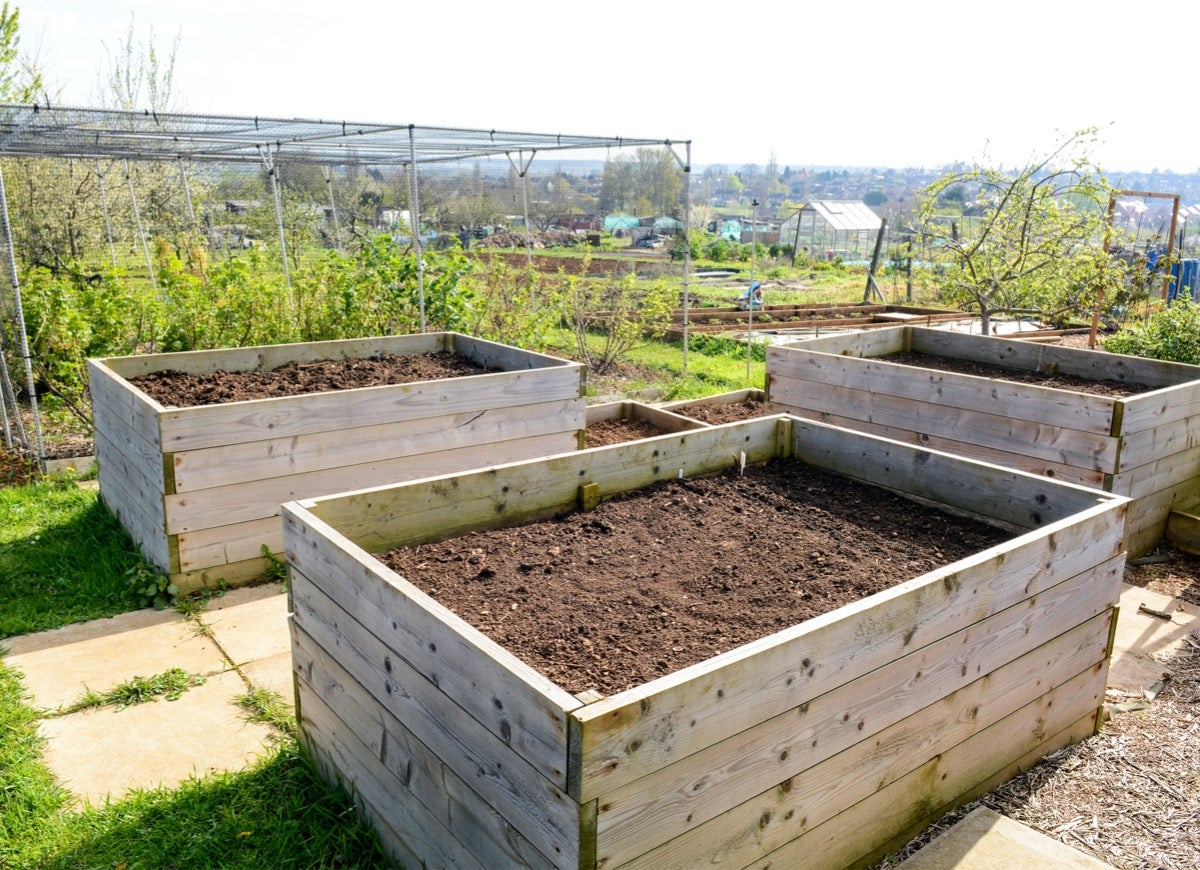

Articles
How Deep Should A Raised Garden Bed Be
Modified: May 6, 2024
"Discover the optimal depth for your raised garden bed in this comprehensive gardening guide. Improve your gardening success with the right bed depth."
(Many of the links in this article redirect to a specific reviewed product. Your purchase of these products through affiliate links helps to generate commission for Storables.com, at no extra cost. Learn more)
Introduction
Gardening is a fulfilling and rewarding hobby that allows us to connect with nature and create beautiful outdoor spaces. One popular method of gardening is the use of raised garden beds. These elevated planting areas offer numerous advantages, such as improved soil quality, better drainage, and easier maintenance.
One important factor to consider when setting up a raised garden bed is the depth. The depth of the raised bed plays a crucial role in the success of your plants’ growth and productivity. In this article, we will explore the factors to consider when determining how deep your raised garden bed should be and provide insights into ideal depths for different types of plants.
Whether you are a seasoned gardener or just starting out, understanding the depth requirements for your raised garden bed is essential for maximizing its potential and achieving bountiful harvests.
Key Takeaways:
- Tailoring the depth of your raised garden bed to match specific plant requirements is crucial for optimal growth. Shallow-rooted plants thrive in shallower beds, while deep-rooted vegetables like tomatoes and potatoes require deeper beds.
- Proper drainage is essential for the success of your raised garden bed, preventing waterlogging, supporting nutrient uptake, controlling diseases, and preventing soil erosion. Consider material selection, bed width, and accessibility for a rewarding gardening experience.
Read more: What Size Should A Raised Garden Bed Be
Factors to Consider
Before determining the depth of your raised garden bed, it is crucial to consider several factors that will impact the growth and health of your plants.
1. Plant Types: Different plants have varying root depths, so it is important to consider what you plan to grow in your raised bed. Some plants, like carrots and radishes, have shallow roots and require a shallower bed, while others, like tomatoes and peppers, have deeper root systems and need a deeper bed to thrive.
2. Soil Quality: The depth of your raised bed will affect the amount and quality of soil available to your plants. Deeper beds allow for a greater volume of soil, which can provide more nutrients and water-holding capacity for healthier plant growth. If the existing soil in your garden is poor, a deeper bed can offer a better growing medium for your plants.
3. Drainage: Drainage is an essential aspect of a successful raised garden bed. The depth of the bed influences how well excess water can drain away from the roots of your plants. If your bed is too shallow, water may accumulate, leading to root rot and other water-related issues. On the other hand, if the bed is too deep without proper drainage, it can cause waterlogging, negatively affecting plant growth.
4. Accessibility: Consider your own accessibility and comfort when deciding on the depth of your raised garden bed. A deeper bed may require more bending and reaching, which could affect your gardening experience. If you have physical limitations or prefer a more ergonomic gardening setup, a shallower bed might be a better choice.
5. Local Climate: Climate plays a role in determining the appropriate depth for your raised garden bed. In areas with hot and dry climates, a deeper bed can provide better moisture retention and prevent drying out. Conversely, in regions with cooler temperatures, a shallower bed may be sufficient as the soil stays cooler and retains moisture more effectively.
By considering these factors, you can determine the appropriate depth for your raised garden bed, ensuring optimal conditions for your plants to thrive.
Depth Requirements for Different Plants
Understanding the root depths of different plants is crucial for determining the appropriate depth of your raised garden bed. Here are some general guidelines for common plant types:
1. Shallow-Rooted Plants: Plants with shallow root systems, such as lettuce, herbs, and small annual flowers, typically require a shallower raised garden bed. A depth of 6 to 8 inches (15 to 20 cm) is usually sufficient for these plants to establish their roots and thrive.
2. Medium-Rooted Plants: Plants like cucumbers, beans, and strawberries have medium-depth root systems. These plants benefit from a slightly deeper bed, typically around 8 to 12 inches (20 to 30 cm) in depth, allowing their roots to spread and access nutrients and water.
3. Deep-Rooted Plants: Certain plants, such as tomatoes, peppers, and root vegetables like carrots and potatoes, have deep root systems. These plants require a deeper raised bed, typically around 12 to 18 inches (30 to 45 cm) in depth, to accommodate their extensive roots and promote healthy growth.
It’s important to note that these depth requirements are general guidelines, and some plant varieties may have specific depth preferences. Always consult seed packets, plant tags, or gardening references for accurate and detailed information regarding the specific plants you intend to grow.
Additionally, consider companion planting when determining the depth of your raised bed. Some plants have complementary root depths, allowing them to coexist in the same bed without competing for nutrients and space.
By understanding the depth requirements of different plants, you can design your raised garden bed to accommodate a diverse range of plantings, ensuring optimal growth and productivity.
Ideal Depths for Common Vegetables
When it comes to growing vegetables in a raised garden bed, the depth requirements can vary depending on the specific plants. Here are some ideal depths for common vegetables:
- Tomatoes: Tomatoes have deep root systems and benefit from a raised bed depth of around 18 to 24 inches (45 to 60 cm). This depth allows for strong root development and supports the plant’s growth and fruit production.
- Potatoes: Potatoes also have deep roots and require a raised bed depth of 18 to 24 inches (45 to 60 cm). The extra depth allows the tubers to develop underground without being restricted by shallow soil.
- Carrots: Carrots have slender taproots that can grow quite long, so a raised bed depth of 12 to 18 inches (30 to 45 cm) is recommended. The deeper bed allows the carrots to develop straight and allows room for proper root expansion.
- Lettuce and Leafy Greens: Lettuce and other leafy greens have shallow root systems. A raised bed depth of 6 to 8 inches (15 to 20 cm) is sufficient for these crops. However, providing additional depth can help prevent soil moisture loss and improve overall plant health.
- Cucumbers: Cucumbers have medium-depth root systems. A raised bed depth of 8 to 12 inches (20 to 30 cm) is suitable for growing cucumbers, allowing their roots to spread and access water and nutrients easily.
- Peppers: Peppers have a moderate root depth. A raised bed depth of 10 to 14 inches (25 to 35 cm) is generally sufficient to support healthy pepper plant growth and yield.
It’s important to note that these are general recommendations, and specific varieties within each vegetable type may have slightly different depth requirements. Always refer to seed packets or plant labels for more precise information.
By tailoring the depth of your raised garden bed to different vegetables, you can create an optimal growing environment, ensuring healthy plant development and a bountiful harvest.
A raised garden bed should be at least 6-12 inches deep for most plants, but deeper for root vegetables like carrots or potatoes. Ensure good drainage and use quality soil for optimal growth.
The Importance of Drainage
Proper drainage is crucial for the success of any raised garden bed. When it comes to gardening, excess water can be just as detrimental as inadequate water supply. Here’s why proper drainage is important:
Prevents Waterlogging: Good drainage helps prevent waterlogging in the soil, which can lead to oxygen deprivation and root rot. When soil becomes oversaturated, the roots of plants cannot access the oxygen they need to survive, resulting in poor growth and eventual plant decline.
Avoids Nutrient Imbalances: Excessive moisture in the root zone can cause nutrients to leach out of the soil more quickly, leading to nutrient imbalances and deficiencies. Proper drainage allows for the proper distribution and retention of nutrients in the soil, ensuring that plants have access to the essential elements they need for healthy growth.
Controls Diseases and Pests: Standing water in raised garden beds can create a breeding ground for disease-causing pathogens and attract pests. Adequate drainage helps minimize stagnant water, making it less conducive for the proliferation of harmful microorganisms and pests.
Prevents Soil Erosion: Improved drainage helps prevent soil erosion, especially during heavy rainfall. When water is able to flow smoothly through the soil, it reduces the risk of soil erosion and nutrient loss. It also helps maintain the structure and fertility of the soil over time.
To ensure proper drainage in your raised garden bed, there are a few important factors to consider:
- Choose a well-draining soil mix or amend the existing soil to improve drainage. Adding organic matter, such as compost or peat moss, can help improve the water-holding capacity of the soil while still allowing excess water to drain away.
- Avoid placing your raised bed in low-lying areas where water tends to accumulate. Instead, select a location that receives adequate sunlight and has good air circulation.
- Integrate proper drainage features into your raised bed design, such as adding drainage holes or gravel at the bottom of the bed. These features will help facilitate the efficient flow of water out of the bed.
- Regularly monitor the moisture levels in your raised bed and adjust watering practices accordingly. Avoid overwatering, as it can lead to waterlogged soil and poor drainage.
By ensuring proper drainage in your raised garden bed, you can create a conducive environment for plant growth, minimize the risk of water-related issues, and maximize the overall health and productivity of your plants.
Read more: How High Should Raised Garden Bed Be
Additional Considerations for Raised Garden Beds
While depth and drainage are crucial factors to consider when planning your raised garden bed, there are a few additional considerations to keep in mind:
1. Material Selection: Raised garden beds can be constructed from various materials, such as wood, metal, or composite materials. When choosing the material for your raised bed, consider factors such as durability, cost, and aesthetic appeal. It’s also important to ensure that the material is safe for growing edible plants, especially if you plan to grow vegetables or herbs.
2. Bed Width: The width of your raised garden bed is another important aspect to consider. A wider bed allows for better access and easier plant care, as well as more room for companion planting and crop rotation. However, wider beds may require additional support and may be more challenging to reach the center from all sides. Consider the space available and your personal gardening preferences when determining the width of your bed.
3. Weed Control: A raised garden bed can help reduce weed growth, but it’s essential to take preventive measures. Covering the bottom of the raised bed with a layer of weed fabric or landscape fabric can help prevent weed growth from the underlying soil. Additionally, practicing regular weeding and mulching can further suppress the growth of weeds and keep your raised bed clean and tidy.
4. Irrigation: Consider your irrigation needs when designing your raised garden bed. Depending on your location and plant selection, you may choose to install a drip irrigation system or use a watering wand or hose to water your plants. Incorporating appropriate irrigation methods in your raised bed can help ensure consistent and efficient watering, promoting healthier plant growth.
5. Maintenance and Accessibility: Plan for the maintenance and accessibility of your raised garden bed. Leave enough space between beds for easy movement and maintenance tasks like weeding, harvesting, and soil amendment. Pay attention to the height of the bed, ensuring it is comfortable for you to work on without straining your back. Additionally, consider installing pathways or stepping stones to facilitate access and prevent compaction of the soil around the bed.
By considering these additional factors, you can create a well-designed and functional raised garden bed that is tailored to your specific needs and ensures a pleasurable gardening experience.
Conclusion
Setting up a raised garden bed is an excellent way to create a productive and visually appealing garden space. Determining the depth of your raised bed is a critical decision that can greatly impact the success of your plants’ growth and overall gardening experience.
When determining the depth of your raised garden bed, consider factors such as the types of plants you will be growing, the quality of the soil, the importance of drainage, accessibility, and your local climate. By taking these factors into account, you can ensure that your raised bed provides the optimal environment for your plants to thrive.
Different plants have varying root depths, so it is essential to match the depth of your raised bed to the specific requirements of the plants you intend to grow. Shallow-rooted plants like lettuce and herbs typically require shallower beds, while deep-rooted vegetables like tomatoes and potatoes thrive in deeper beds.
Proper drainage is essential for the success of your raised garden bed. Good drainage prevents waterlogging, supports nutrient uptake, controls diseases, and prevents soil erosion. Be mindful of the material selection, bed width, and consider incorporating measures for weed control and irrigation.
Lastly, ensure that your raised garden bed is easily accessible for maintenance and provides a comfortable gardening experience. Plan for pathways, adjust the height of the bed, and consider the overall design to facilitate easy movement and care.
By carefully considering these factors and tailoring the depth of your raised garden bed accordingly, you can create an optimal growing environment for your plants, resulting in healthy growth, abundant harvests, and a rewarding gardening experience.
Curious about other aspects of optimal bed design for gardening success? While understanding the right depth for your garden beds is crucial, knowing the appropriate height can also make a significant difference. If you're setting up a new garden or refining an existing one, don't miss our detailed guide on proper bed height. This resource provides vital information to ensure your gardening efforts are as fruitful as possible.
Frequently Asked Questions about How Deep Should A Raised Garden Bed Be
Was this page helpful?
At Storables.com, we guarantee accurate and reliable information. Our content, validated by Expert Board Contributors, is crafted following stringent Editorial Policies. We're committed to providing you with well-researched, expert-backed insights for all your informational needs.

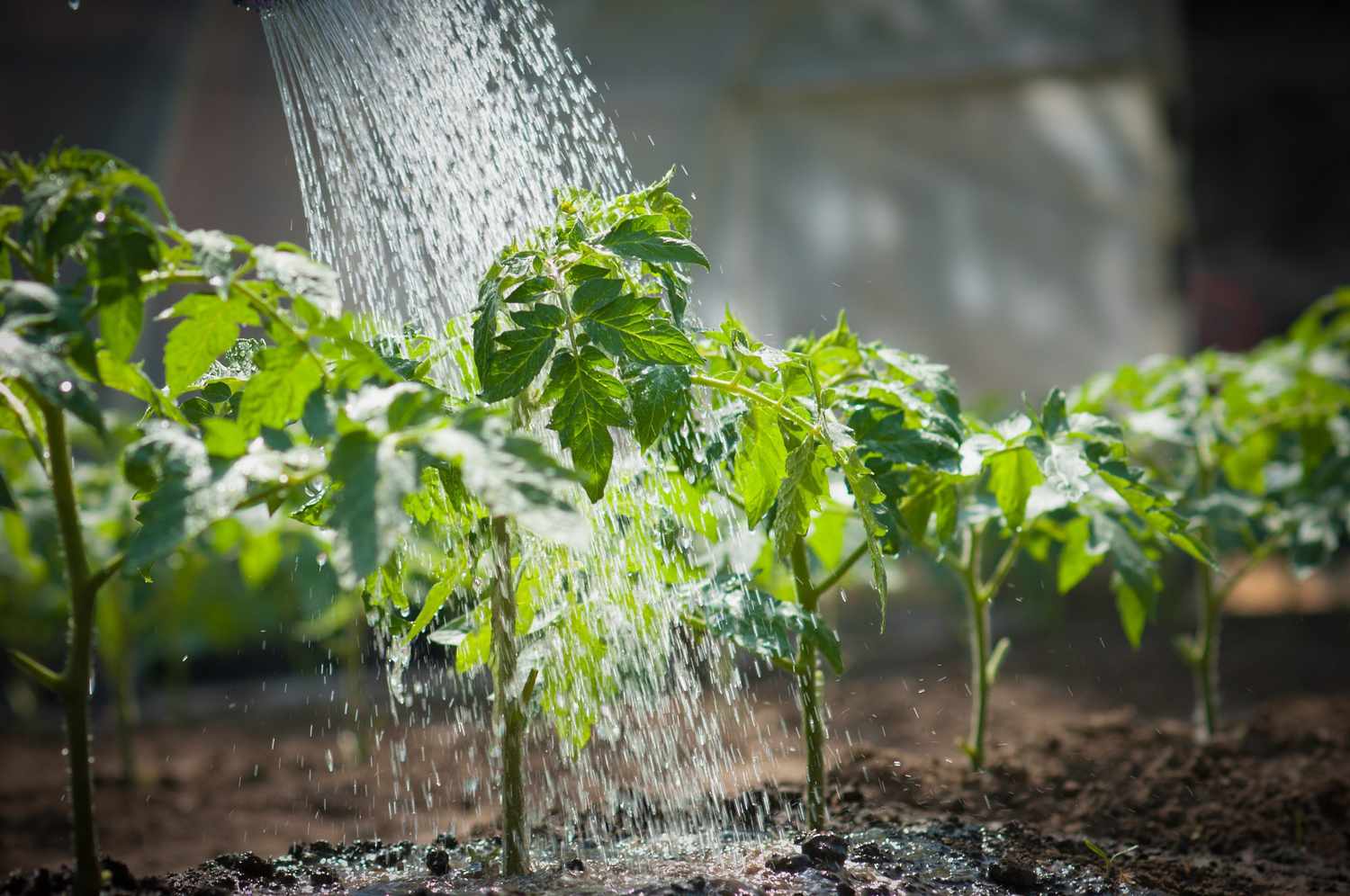
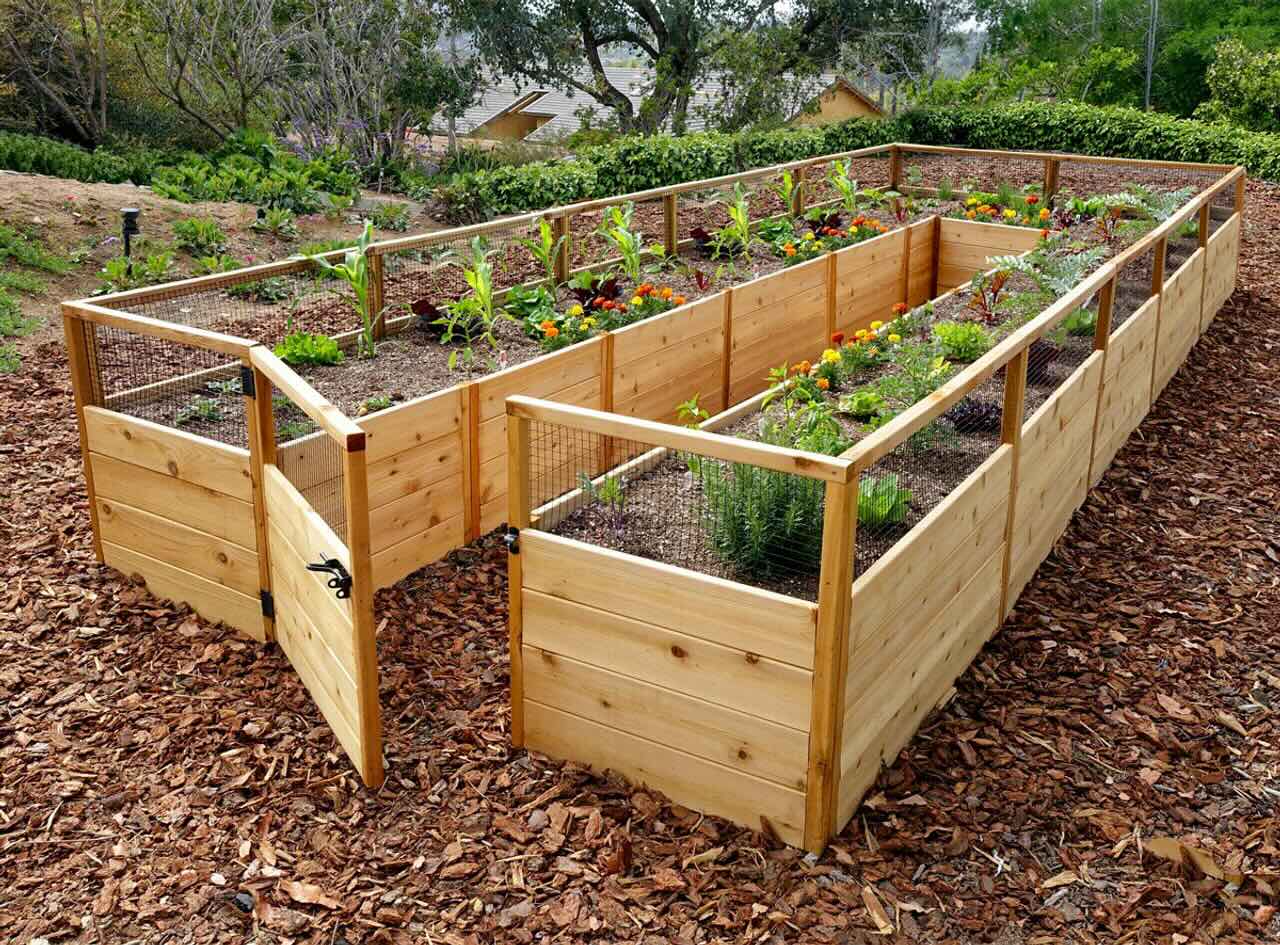
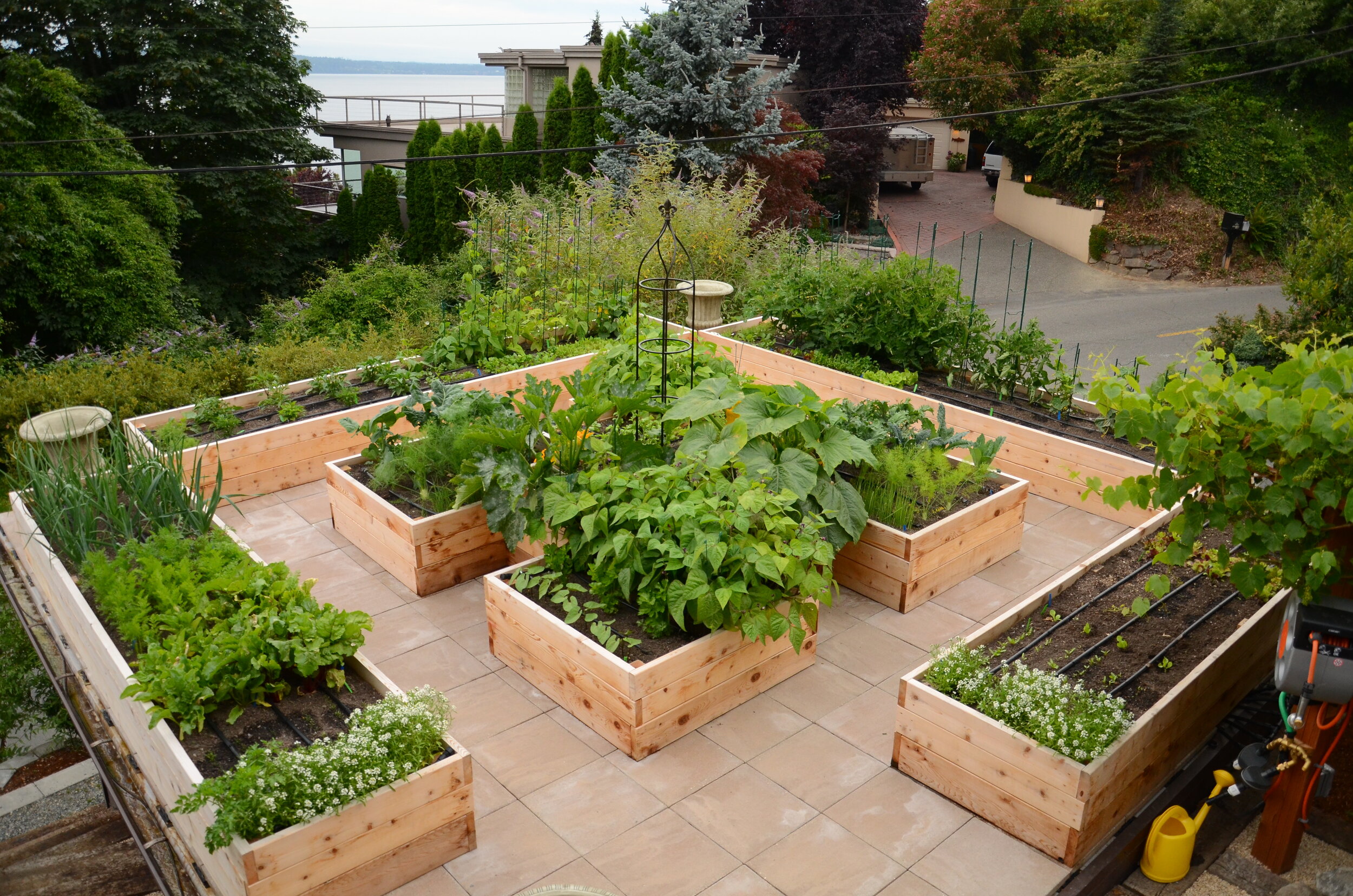
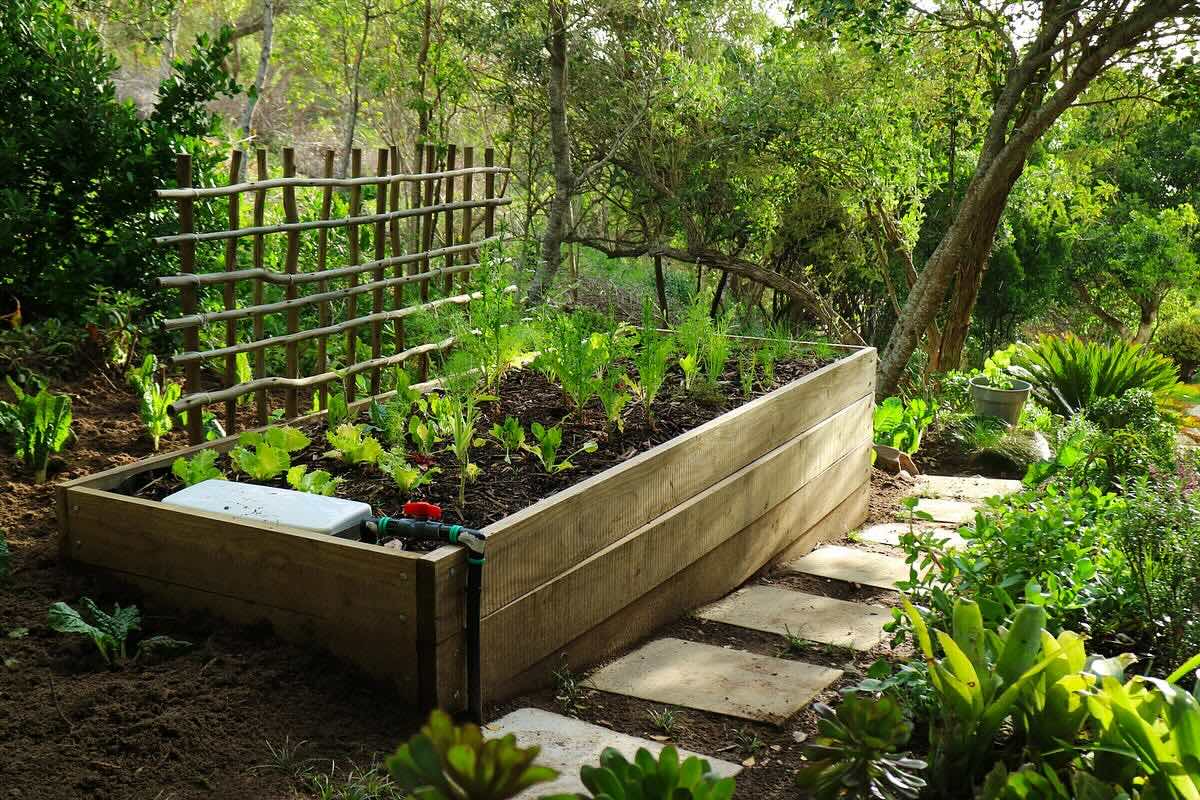
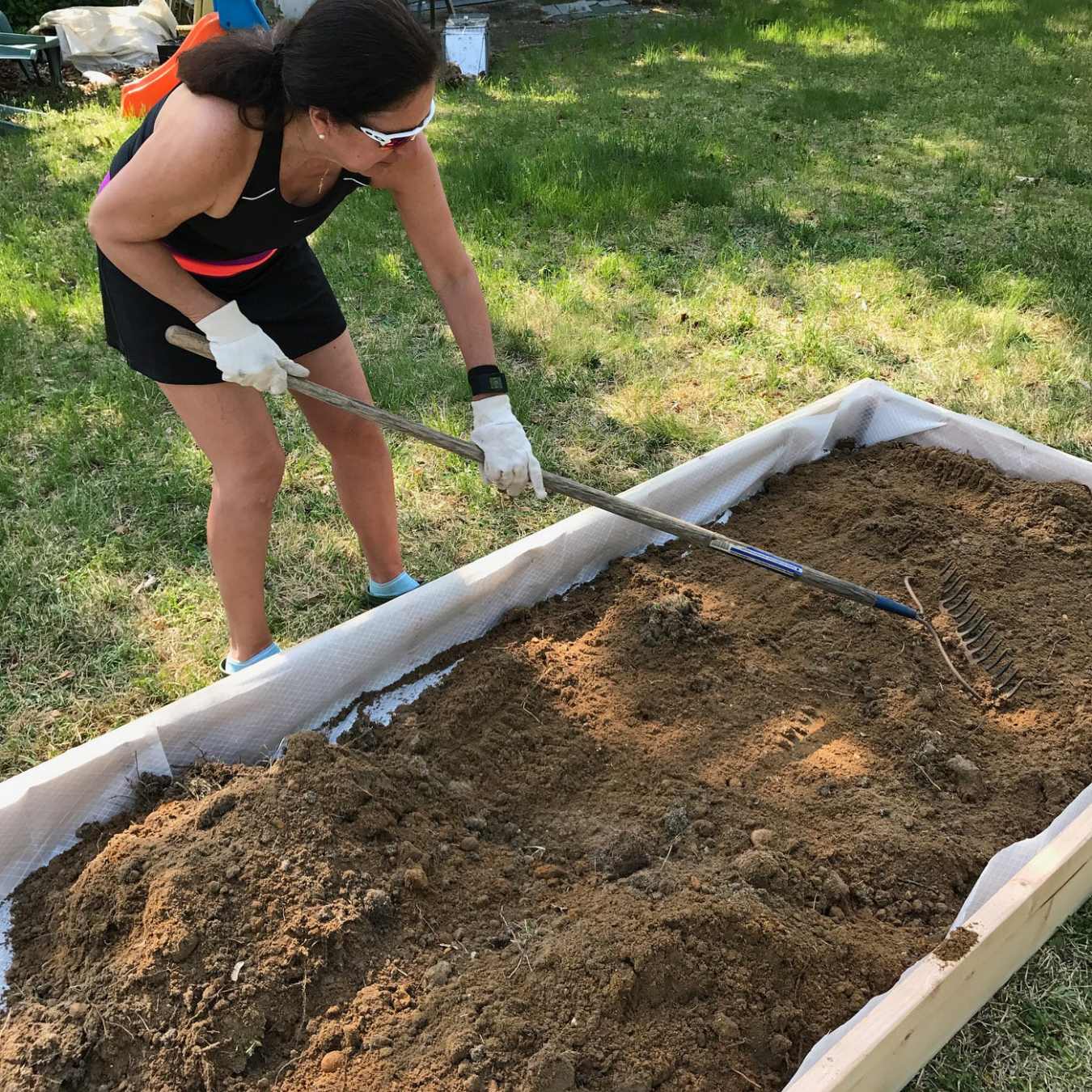

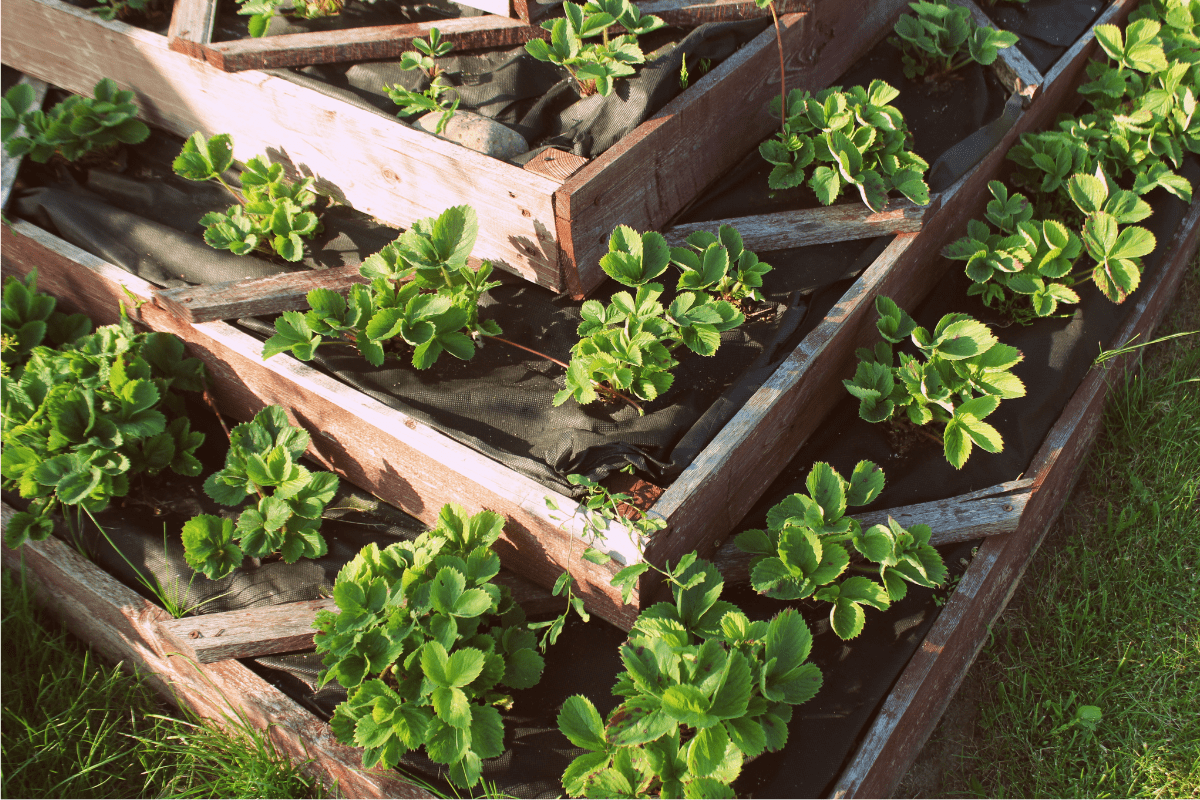
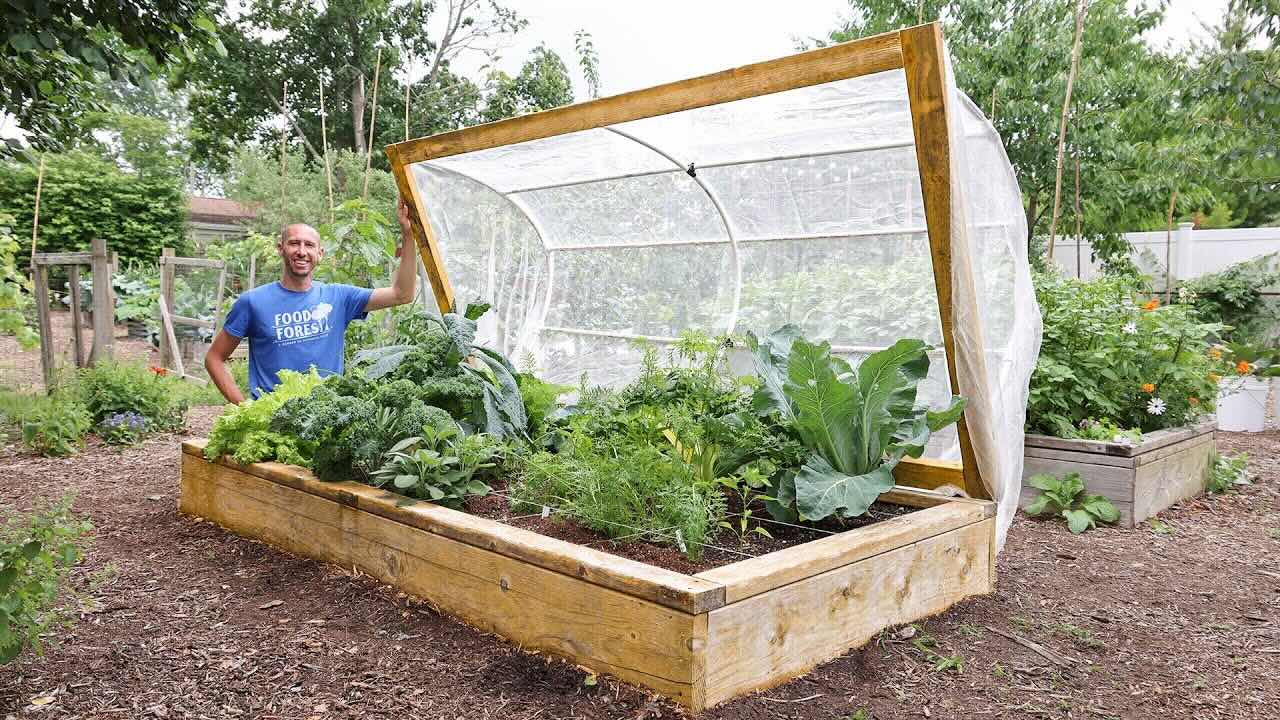
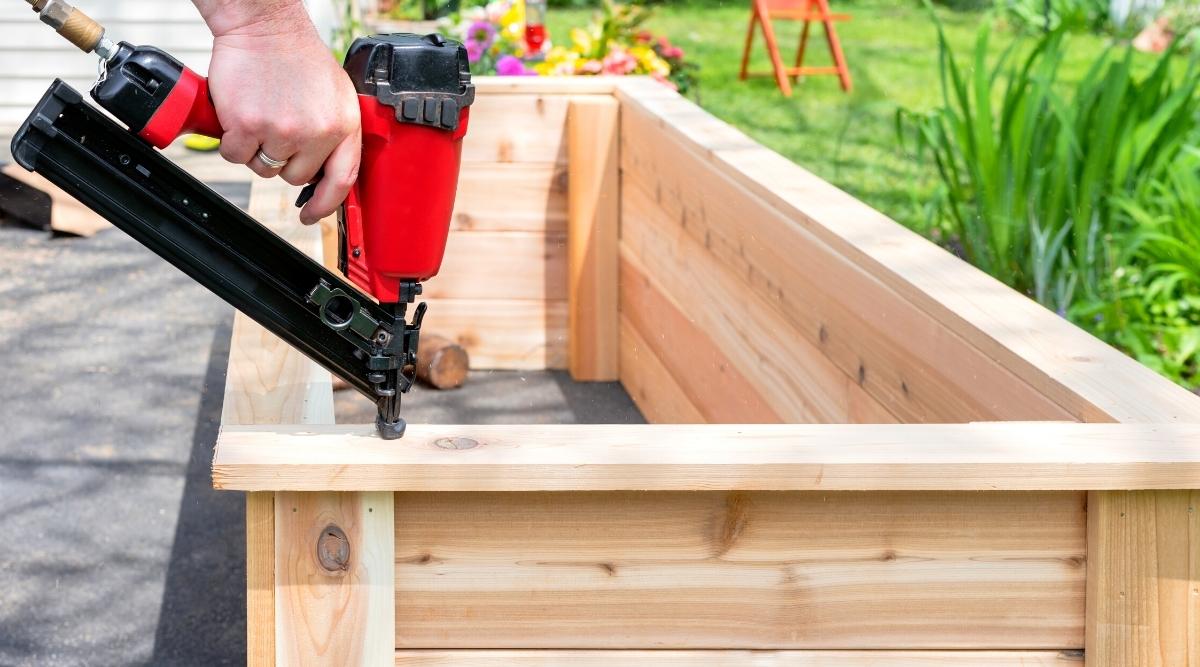
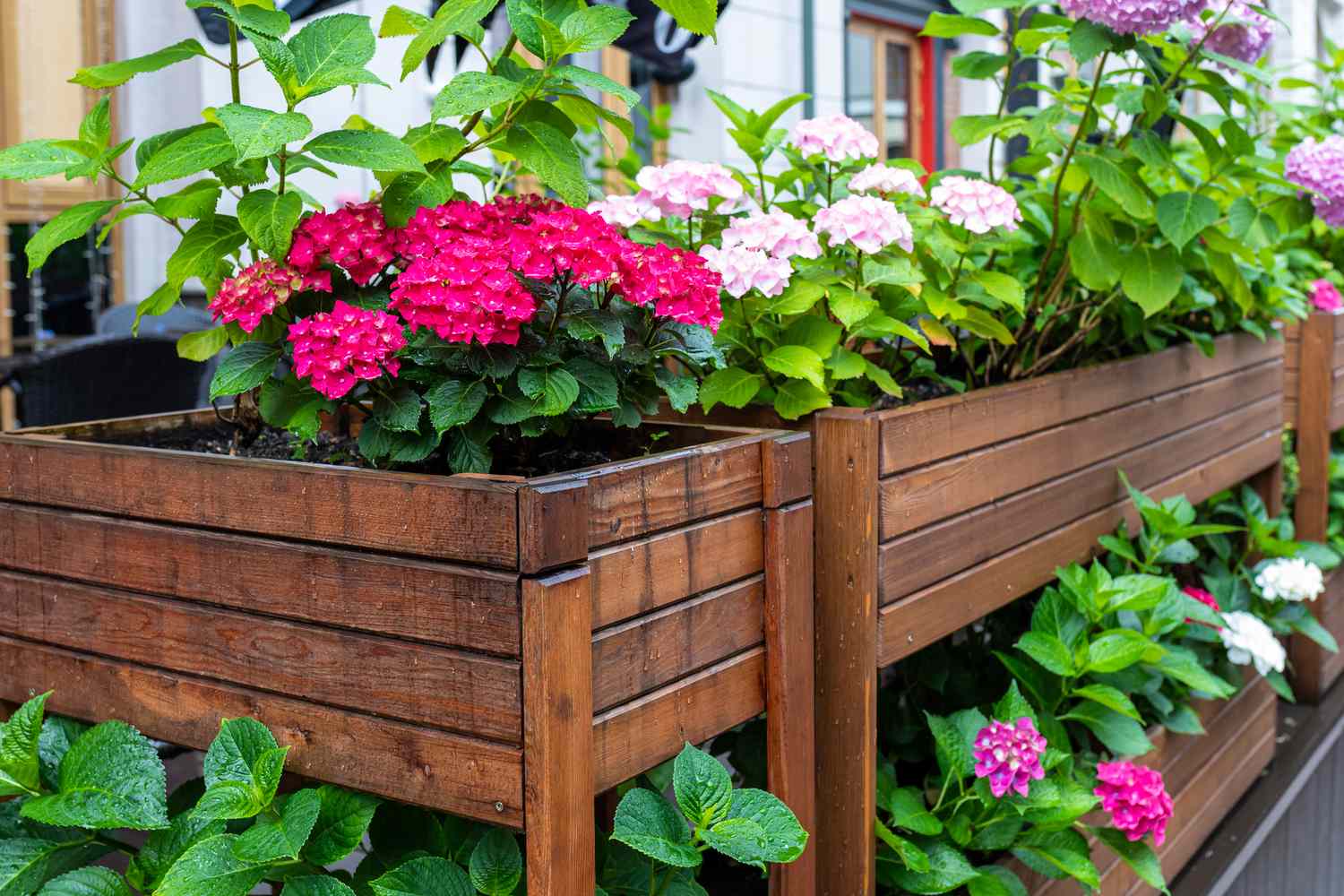
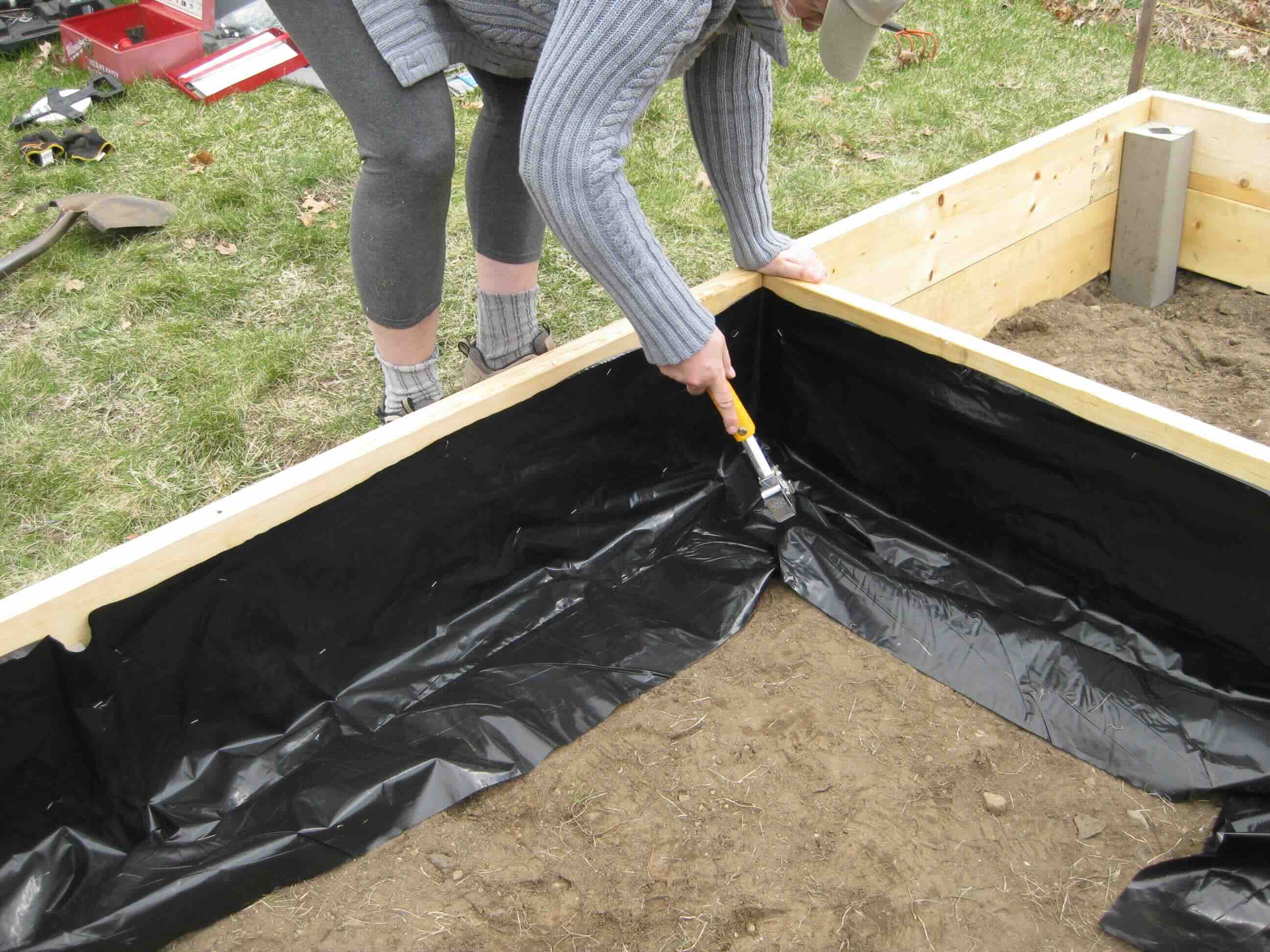
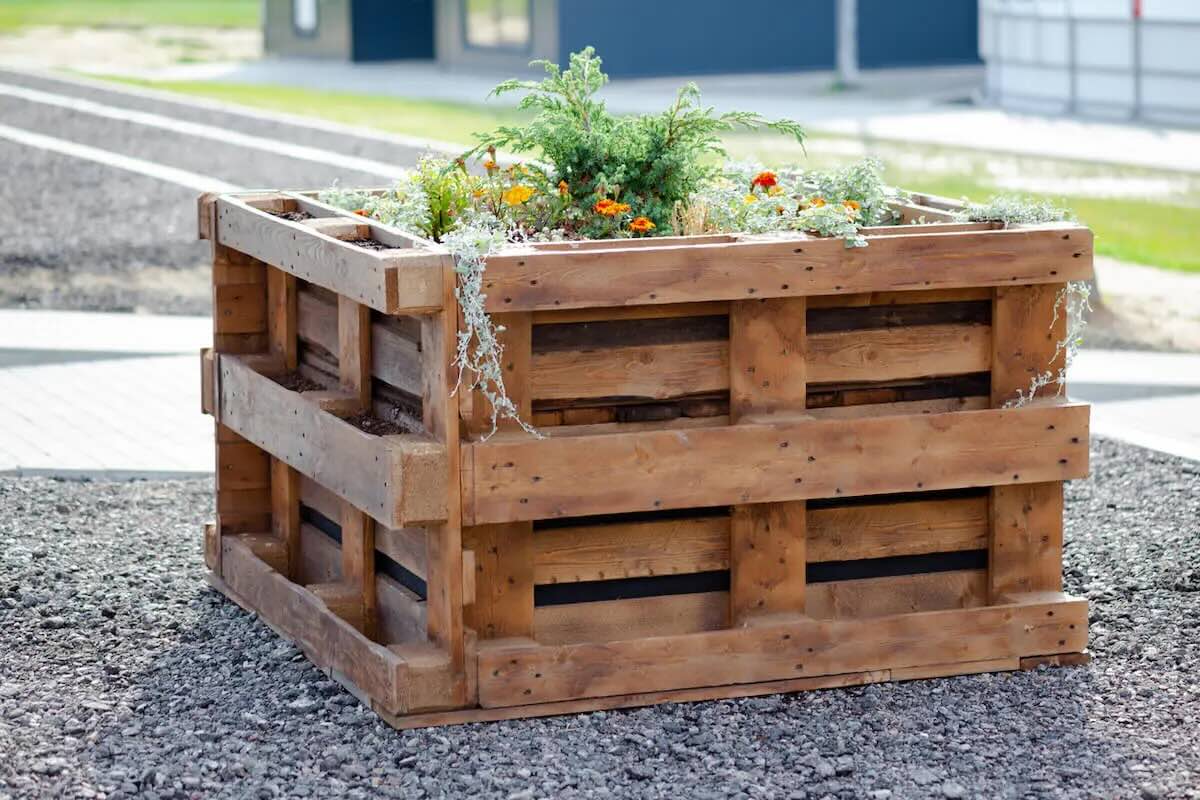
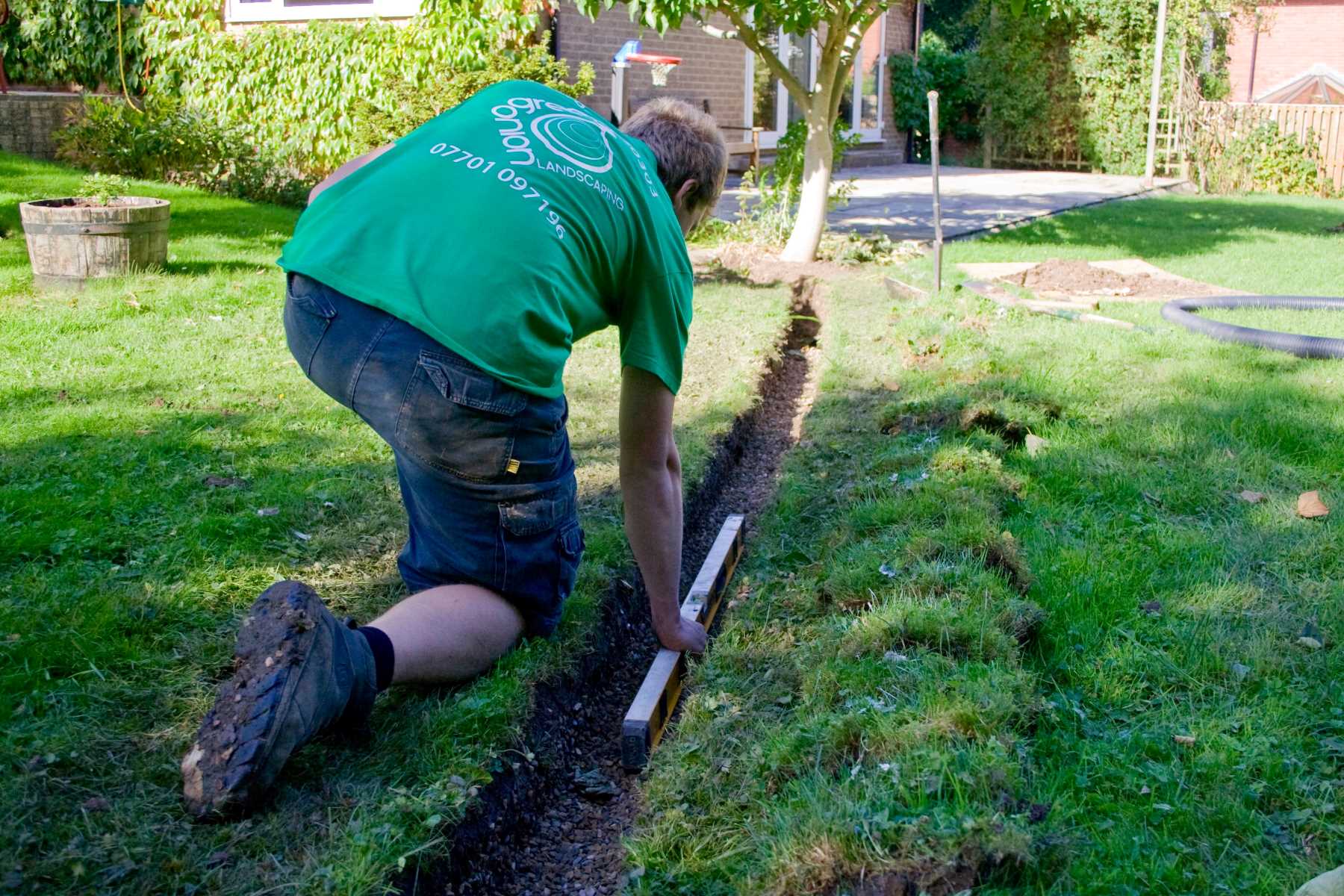

0 thoughts on “How Deep Should A Raised Garden Bed Be”